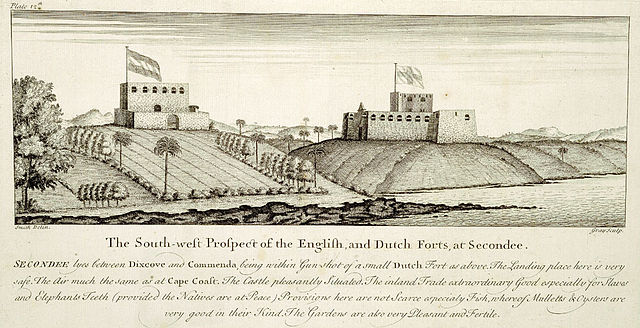The area of the Republic of Ghana became known in Europe and Arabia as the Ghana Empire after the title of its Emperor, the Ghana. Geographically, the ancient Ghana Empire was approximately 500 miles (800 km) north and west of the modern state of Ghana, and controlled territories in the area of the Sénégal River and east towards the Niger rivers, in modern Senegal, Mauritania and Mali. The empire appears to have broken up following the 1076 conquest by the Almoravid General Abu-Bakr Ibn-Umar. A reduced kingdom continued to exist after Almoravid rule ended, and the kingdom was later incorporated into subsequent Sahelian empires, such as the Mali Empire. Around the same time, south of the Mali empire in present-day northern Ghana, the Kingdom of Dagbon emerged. The decentralised states ruled by the tindaamba were unified into a kingdom. Many sub-kingdoms would later arise from Dagbon including the Mossi Kingdoms of Burkina Faso and Bouna Kingdom of Ivory Coast. Dagbon pioneered Ghana's earliest learning institutions, including a university town, and a writing system prior to European arrival.

(from the top, left to right) *Asantehene Osei Kofi Tutu I *Major General Sir Garnet Wolseley *Anglo-Ashanti wars *British delegation to Kumasi in the 19th century *Queen Yaa Asantewaa *Asantehene Kwaku Dua II *Arnold Weinholt Hodson *Gold Coast Legislative Assembly *Dr. Kwame Nkrumah as Prime Minister
A 16th–17th-century Akan Terracotta, Metropolitan Museum of Art, New York
A military regalia of the Kingdom of Dagbon, known locally as Gbagno
Neighbouring British and Dutch forts at Sekondi.
The Anglo-Ashanti wars were a series of five conflicts that took place between 1824 and 1900 between the Ashanti Empire—in the Akan interior of the Gold Coast—and the British Empire and its African allies. The wars were mainly due to Ashanti attempts to maintain and enforce their imperial control over the coastal areas of present-day Ghana, where peoples such as the Fante and the Ga had come under the protection of the British. Although the Ashanti emerged victorious in some of these conflicts, the British ultimately prevailed in the fourth and fifth conflicts, resulting in the complete annexation of the Ashanti Empire by 1900.
"Defeat of the Ashantees, by the British forces under the command of Coll. Sutherland, July 11th 1824"
A bush fight,[clarification needed] Third Anglo-Ashanti War. The Graphic 1874
The 1874 burning of Kumasi
Wounded soldiers being conveyed to hospital ships






![A bush fight,[clarification needed] Third Anglo-Ashanti War. The Graphic 1874](https://upload.wikimedia.org/wikipedia/commons/thumb/9/9f/Anglo-Ashanti_war_2.jpg/640px-Anglo-Ashanti_war_2.jpg)

